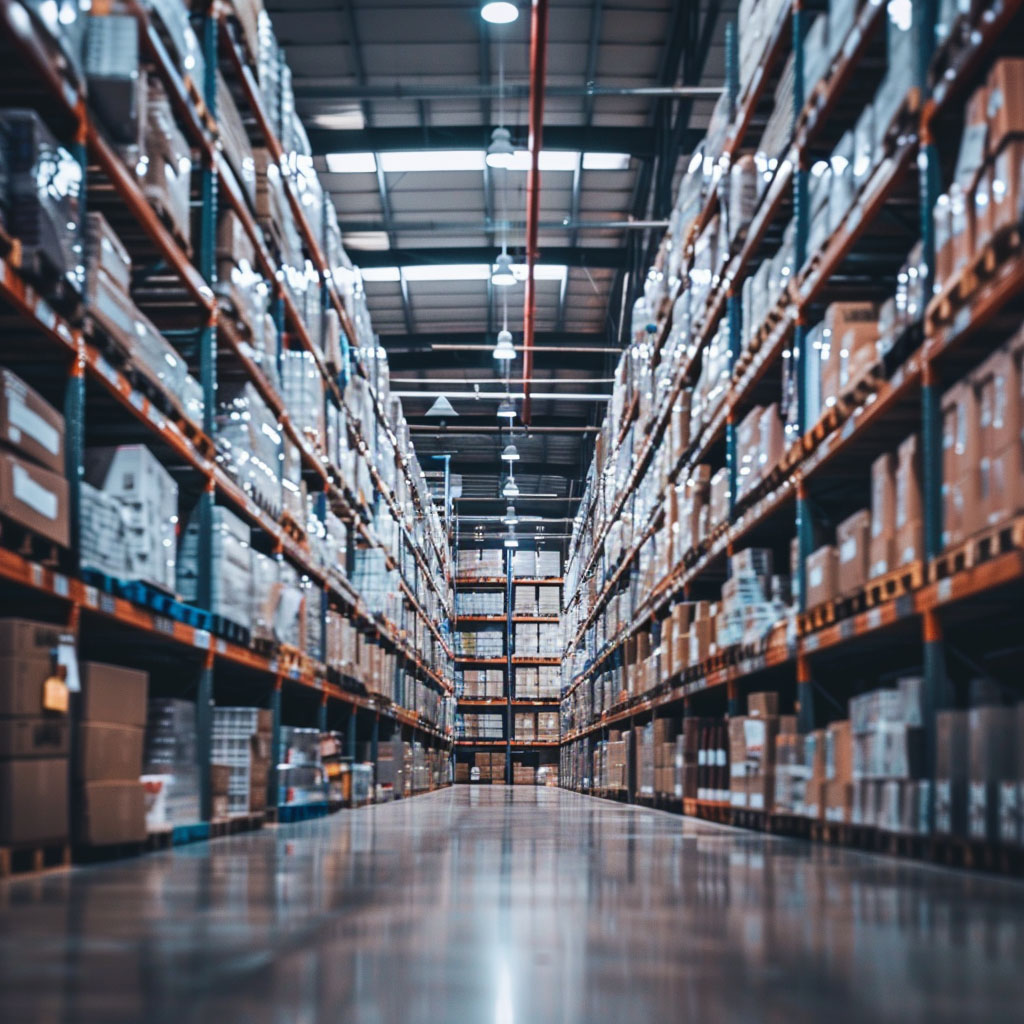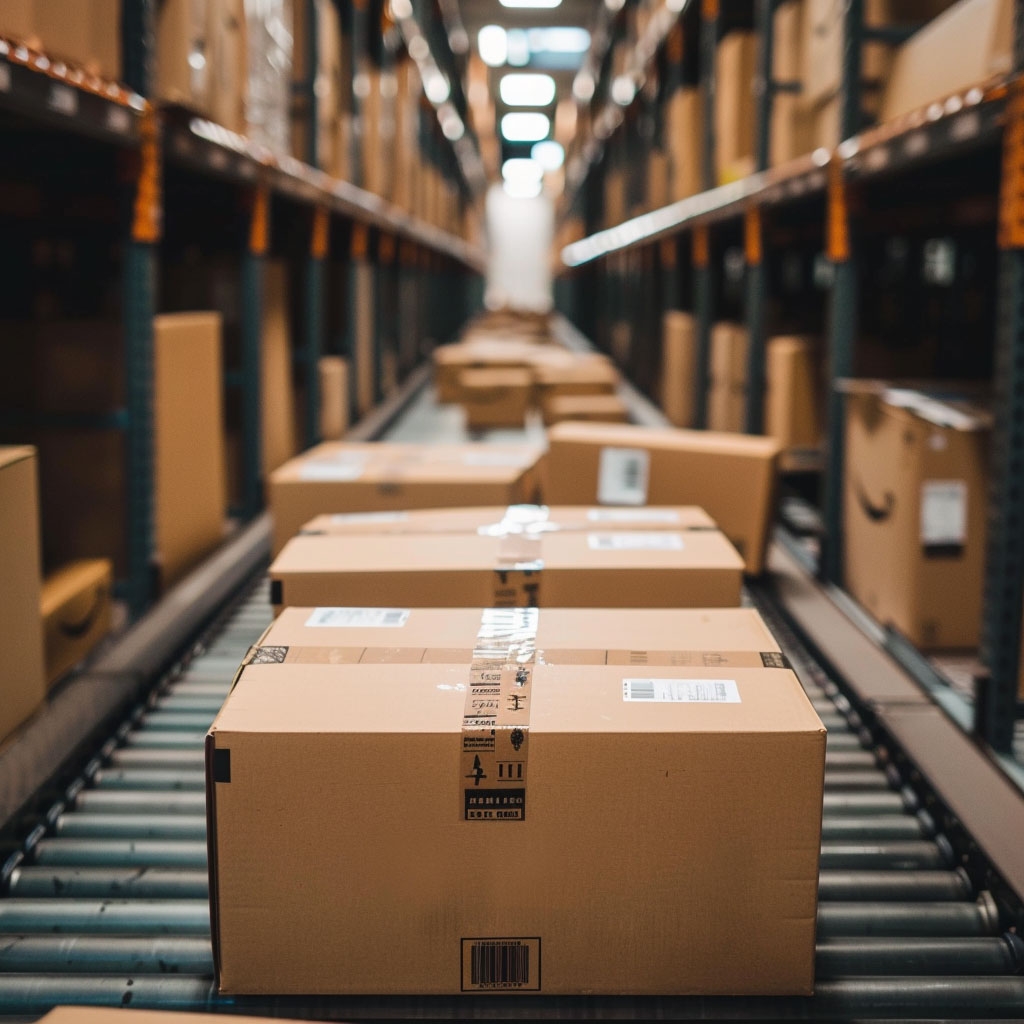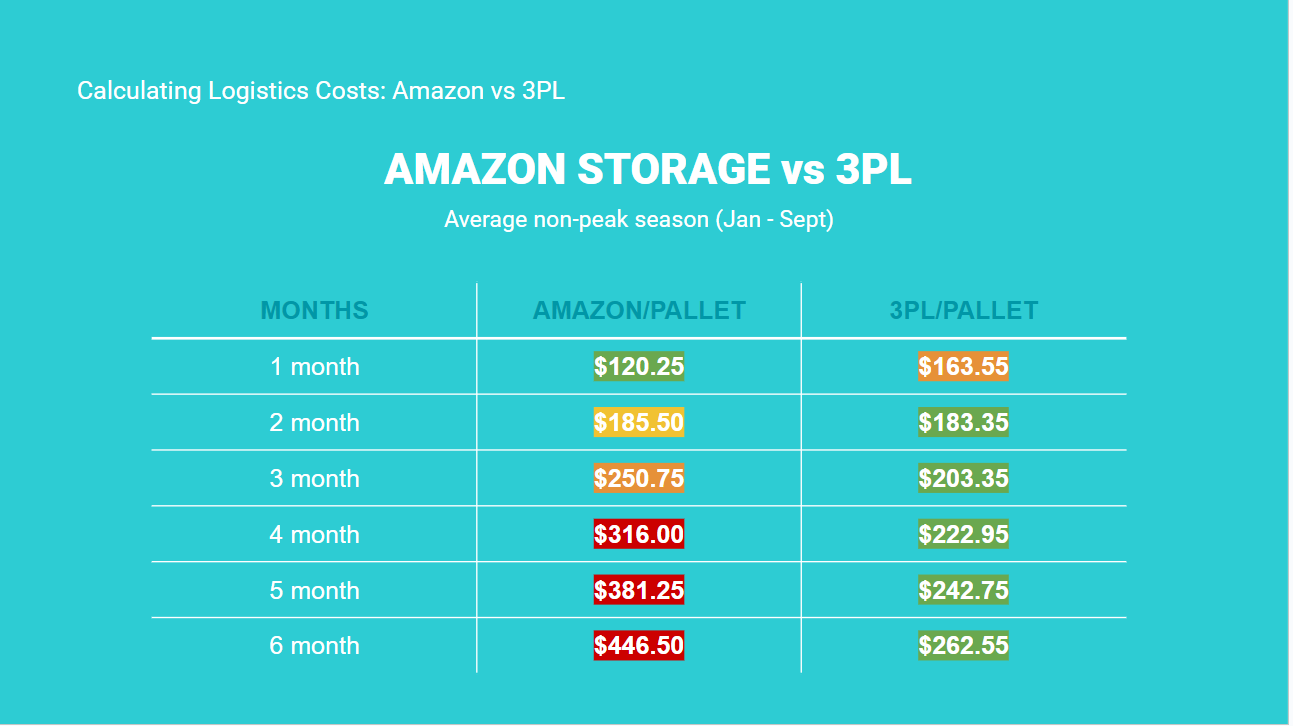Amazon sellers who want to increase their profit must manage inventory in a good way. Good management of inventory can reduce costs and make customers happier because products are available when they need them. Here are some wise methods for saving money on inventory expenses that could have a big effect on your final Amazon seller results.
Table of Contents
Key Takeaways:
Analyze Your Sales Data: Study sales history to forecast demand. Prepare inventory in advance based on seasonal trends.
Seasonal Adjustments: Plan inventory according to seasonal demand. Use Amazon’s tools for forecasting to manage stock levels.
Bulk Buying vs. JIT: Bulk buying reduces per-unit cost but requires more storage. JIT reduces holding costs but may increase the unit price.
Supplier Relationships: Build trust and loyalty for better prices and terms. Regular negotiations can lead to cost savings.
Looking for a 3PL Company for your Amazon Product or Ecommerce Business?
Understanding Inventory Needs for Amazon Sellers
Analyze Your Sales Data
A key part of effective e-commerce inventory management is studying sales data. Looking at your sales history helps you understand buying habits and trends, making it easier to forecast demand in the future. For example, if specific goods always do good business during summer time, you can get ready by keeping stock ahead of time – this avoids rush orders that usually cost more money.
Seasonal Fluctuations and Trends
Adjusting inventory for changes in seasons is a clever way to avoid being taken by surprise. If you are selling equipment for winter sports, planning for more interest during the cold season and decreasing your stock as that time comes to an end can help avoid overstocking.
Using tools such as Amazon’s demand forecasting can assist in predicting these patterns, enabling you to manage your inventory levels optimally over the year without spending on storage that isn’t needed.

Cost-Effective Inventory Purchasing Strategies
Bulk Buying Versus Just-in-Time
The choice between bulk buying and Just-in-Time (JIT) strategies can influence your inventory costs. Usually, buying in large quantities reduces the cost per unit and lessens shipping fees, but it necessitates more storage room which might be costly.
On the contrary, the JIT method cuts down holding expenses by ordering stock as per requirement, even though it could increase the price of each unit because batch sizes are smaller. Amazon sellers must consider the product type, storage expenses, and sales movement to select the purchasing method that is most economical.
Supplier Relationships and Negotiations:
If you have a good relationship with your suppliers, it can bring many benefits. You might get lower prices, better payment conditions and be at the top of the list when there is shortage in stocks. The trust and loyalty from your suppliers can result in agreements for discounts or improved deals.
Regular discussions and negotiations are important for establishing this type of relationship. This active strategy helps to increase both the affordability and dependability of your supply chain.
Using Amazon-Specific Tools and Programs to Your Advantage
Utilize Amazon’s Inventory Management Tools
Amazon has many tools in its ecosystem. For example, there is the FBA inventory management system that automates stock replenishment and adjusts inventory levels using real-time sales data to make decisions about how much more stock needs to be ordered. This helps keep ideal inventory levels by not having too much or too little stock, which can lead to extra costs.
Join Amazon Programs
Systems such as Amazon’s Subscribe & Save can bring a consistent and expected demand that aids in simplifying inventory control. Similarly, being involved with Amazon’s Small and Light program could decrease the price of fulfilling suitable products. This might assist sellers in maintaining their competitiveness in terms of prices without lowering their profits too much.

Finding Alternatives to Amazon's Fulfillment Services
Benefits of Using a Third-Party Logistics (3PL) Provider
Although Amazon FBA is easy to use, a Third-Party Logistics provider like us here at Tactical Logistic Solutions might be a better choice for those who want to sell internationally or require special warehousing solutions. In some cases, 3PLs provide lower prices compared to Amazon’s during busy periods and they also give tailored services that match well with certain business models and customer requirements.
Comparing the Costs Between 3PL and Amazon FBA
To understand the cost-effectiveness of Amazon FBA compared with 3PLs, we need to think about different aspects. These include how much you sell every month, the amount of storage required, and also the size of your products in physical form. If your product has variations in demand or is very big, then 3PLs might give more choices that are flexible and less costly.
Sellers must do a detailed study on costs and benefits to find out which service gives them maximum savings while still keeping good delivery methods as well as customer contentment.
The costs that are connected to Amazon can be divided into many types, and these will be compared with the matching 3PL costs.
Amazon's Fulfillment Costs
- Storage costs: They are calculated every month, depending on how much area your stock uses up in the Amazon fulfillment center.
- Fulfillment fees: These are determined by the size and weight of your items. They cover everything from picking and packing to shipping, handling customer service inquiries, as well as processing product returns.
- Long-term storage fees: These apply to items that have been kept in an Amazon fulfillment center for over 365 days.
- Fees for removal orders: These are charges you pay when you request Amazon to either return or get rid of your inventory.
3PL Fulfillment Costs
Storage fees: Typically lower than Amazon, especially during non-peak seasons.
Fulfillment fees: These can differ greatly among 3PL providers, and usually they are more competitive for bigger or weightier items.
Fees for keeping goods in storage for a long time: Might not be as strict as those of Amazon, since certain 3PLs don’t add extra fees for long-term storage.
Removal order fees: Often more economical than Amazon, with some 3PLs offering free disposal.
Cost Comparison Between the Two

For Amazon
Average storage cost per pallet (Jan-Sept): $120.25 to $446.50, increasing monthly.
Other charges such as closing fees ($1.80 for media items), refund administration fees, and variable subscription fees.
For a 3PL
Average storage cost per pallet (Jan-Sept): $163.55 to $262.55, less increase over time.
Extra charges will consist of drayage, offloading, monthly storage, outbound shipping, and trucking fees. These additional costs might sum up to approximately $166.40/pallet for services from the port until reaching the 3PL warehouse. You start saving using a 3PL the 2nd month when comparing to FBA. Saving on costs is another reason to use a 3PL
Amazon's Fulfillment Costs
Amazon levies growing storage charges over the year, wherein the October-December phase sees a distinct rise. 3PL providers offer more stable and often lower storage costs throughout the year. For more fulfillment services, both services require payment. However, 3PLs may provide better rates for these additional services such as value-added services, particularly if you have larger items or special requirements.
The charges for storing goods in Amazon’s warehouse over a long duration can be very costly, particularly for products that don’t move quickly. Some 3PLs might provide better rates on items kept for an extended period of time. Normally, taking out or throwing away inventory is usually cheaper in a 3PL than paying Amazon’s charges.
Save More on Selling Your Product on Amazon
To sum up, Amazon sellers have many methods they can use to save money on inventory costs. Starting from improving how they buy products and creating good relationships with suppliers, to using programs specifically made for Amazon and thinking about third-party logistics—these actions can help decrease the expenses related to operations significantly.
It is important to re-evaluate these strategies as your business changes in order to maintain profitability and competitiveness in the marketplace.



